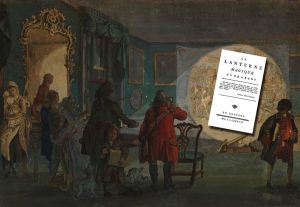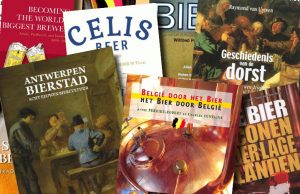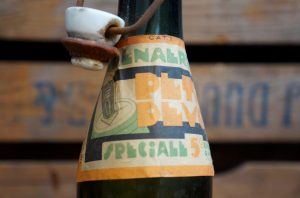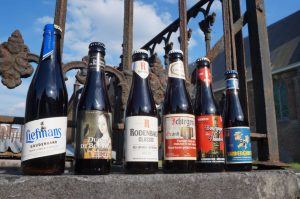Listen to me talking about saison on the Beer Temple podcast
 Recently, I was invited by Christopher Quinn and Mike Schallau of the Chicago-based Beer Temple podcast to join them to talk about saison history and on Belgian and Dutch beer history in general. In fact, I had been doing additional research on saison this year, so I had some new stuff to tell as well.
Recently, I was invited by Christopher Quinn and Mike Schallau of the Chicago-based Beer Temple podcast to join them to talk about saison history and on Belgian and Dutch beer history in general. In fact, I had been doing additional research on saison this year, so I had some new stuff to tell as well.
Why don’t you give it a listen, it goes on for one hour and a half or so, after which Chris and Mike continue without me talking on American saison (which is something I don’t know very much about). (more…)












